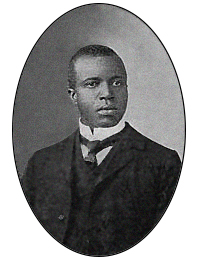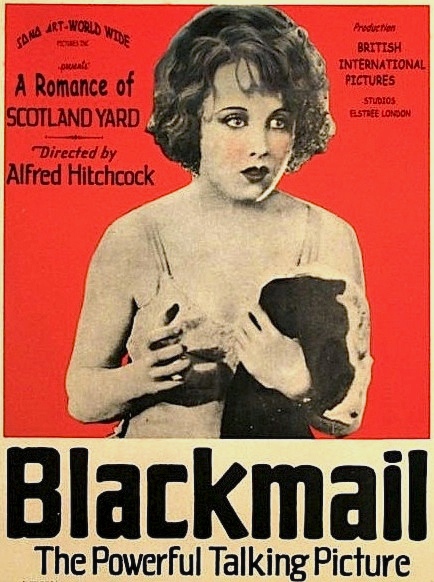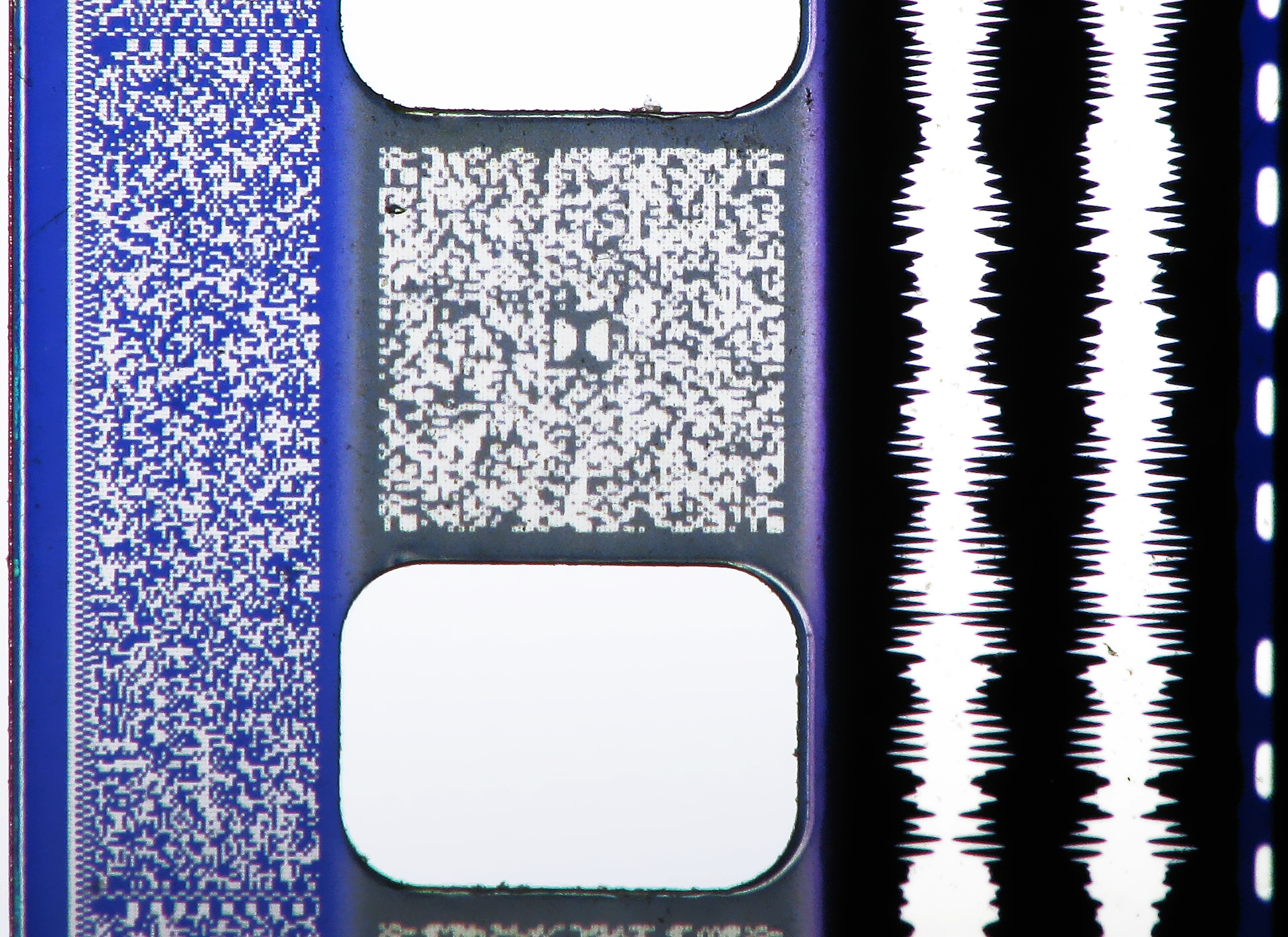|
Billy Mayerl
William Joseph Mayerl (31 May 1902 – 25 March 1959) was an English pianist and composer who built a career in music hall and musical theatre and became an acknowledged master of light music. Best known for his syncopated novelty piano solos, he wrote over 300 piano pieces, many of which were named after flowers and trees, including his best-known composition, ''Marigold'' (1927). He also ran the successful School of Syncopation for whose members he published hundreds of his own arrangements of popular songs. He also composed works for piano and orchestra, often in suites with evocative names such as the 'Aquarium Suite' (1937), comprising "Willow Moss", "Moorish Idol", "Fantail", and "Whirligig". Early life Mayerl was born in 1902 on London's Tottenham Court Road, near the West End theatre district. His father, a violin player, attempted to introduce him to the violin age of four, but failed. After noticing his affinity to the piano, he started him with piano lessons,. By ag ... [...More Info...] [...Related Items...] OR: [Wikipedia] [Google] [Baidu] |
Tottenham Court Road
Tottenham Court Road (occasionally abbreviated as TCR) is a major road in Central London, almost entirely within the London Borough of Camden. The road runs from Euston Road in the north to St Giles Circus in the south; Tottenham Court Road tube station lies just beyond the southern end of the road. Historically a market street, it became known for selling electronics and white goods in the 20th century. The street takes its name from the manor (estate) of ''Tottenham Court'', whose lands lay toward the north and west of the road, in the parish of St Pancras. ''Tottenham Court'' was not directly connected to the district of Tottenham in the London Borough of Haringey. Geography Tottenham Court Road runs from Euston Road in the north, to St Giles Circus (the junction of Oxford Street and Charing Cross Road) at its southern end. The road lies almost entirely within the London Borough of Camden near its boundary with the City of Westminster, a distance of about three-quar ... [...More Info...] [...Related Items...] OR: [Wikipedia] [Google] [Baidu] |
Ragtime
Ragtime, also spelled rag-time or rag time, is a musical style that flourished from the 1890s to 1910s. Its cardinal trait is its syncopated or "ragged" rhythm. Ragtime was popularized during the early 20th century by composers such as Scott Joplin, James Scott and Joseph Lamb. Ragtime pieces (often called "rags") are typically composed for and performed on piano, though the genre has been adapted for a variety of instruments and styles. " Maple Leaf Rag", "The Entertainer", "Fig Leaf Rag", " Frog Legs Rag", and " Sensation Rag" are among the most popular songs of the genre. The genre emerged from African American communities in the Southern and Midwestern United States, evolving from folk and minstrel styles and popular dances such as the cakewalk and combining with elements of classical and march music. Ragtime significantly influenced the development of jazz. In the 1960's, the genre had began to be revived with the publication '' The All Played Ragtime'' and artist ... [...More Info...] [...Related Items...] OR: [Wikipedia] [Google] [Baidu] |
Streatham
Streatham ( ) is a district in south London, England. Centred south of Charing Cross, it lies mostly within the London Borough of Lambeth, with some parts extending into the neighbouring London Borough of Wandsworth. Streatham was in Surrey before becoming part of the County of London in 1889, and then Greater London in 1965. The area is identified in the London Plan as one of 35 major centres in Greater London. History Streatham means "the hamlet on the street". The street in question, the London to Brighton Way, was the Roman road from the capital Londinium to the south coast near Portslade, today within Brighton and Hove. It is likely that the destination was a Roman port now lost to coastal erosion, which has been tentatively identified with 'Novus Portus' mentioned in Ptolemy's Geographia. The road is confusingly referred to as Stane Street (Stone Street) in some sources and diverges from the main London-Chichester road at Kennington. After the departure of the ... [...More Info...] [...Related Items...] OR: [Wikipedia] [Google] [Baidu] |
Locarno Dance Hall
, neighboring_municipalities= Ascona, Avegno, Cadenazzo, Cugnasco, Gerra (Verzasca), Gambarogno, Gordola, Lavertezzo, Losone, Minusio, Muralto, Orselina, Tegna, Tenero-Contra , twintowns =* Gagra, Georgia * Karlovy Vary, Czech Republic * Lompoc, United States * Montecatini Terme, Italy * Urbino, Italy } Locarno (, ; Ticinese: ; formerly in german: Luggárus ) is a southern Swiss town and municipality in the district Locarno (of which it is the capital), located on the northern shore of Lake Maggiore at its northeastern tip in the canton of Ticino at the southern foot of the Swiss Alps. It has a population of about 16,000 (proper), and about 56,000 for the agglomeration of the same name including Ascona besides other municipalities. The town of Locarno is located on the northeastern part of the river Maggia's delta; across the river lies the town of Ascona on the southwestern part of the delta. Locarno is the 74th largest city in Switzerland by population and the third l ... [...More Info...] [...Related Items...] OR: [Wikipedia] [Google] [Baidu] |
Blackmail (1929 Film)
''Blackmail'' is a 1929 British thriller drama film directed by Alfred Hitchcock and starring Anny Ondra, John Longden, and Cyril Ritchard. Based on the 1928 play of the same name by Charles Bennett, the film is about a London woman who is blackmailed after killing a man who tries to rape her. After starting production as a silent film, British International Pictures decided to adapt ''Blackmail'' into a separate sound film. It became the first successful European talkie; a silent version was released for theaters not equipped for sound (at 6,740 feet), with the sound version (7,136 feet) released at the same time. Both versions are held in the British Film Institute collection. ''Blackmail'' is frequently cited as the first British sound feature film. Voted the best British film of 1929 in a UK poll the year it was released. In 2017 a poll of 150 actors, directors, writers, producers and critics for ''Time Out'' magazine ranked ''Blackmail'' as the 59th best British film ... [...More Info...] [...Related Items...] OR: [Wikipedia] [Google] [Baidu] |
Alfred Hitchcock
Sir Alfred Joseph Hitchcock (13 August 1899 – 29 April 1980) was an English filmmaker. He is widely regarded as one of the most influential figures in the history of cinema. In a career spanning six decades, he directed over 50 feature films, many of which are still widely watched and studied today. Known as the "Master of Suspense", he became as well known as any of his actors thanks to his many interviews, his cameo roles in most of his films, and his hosting and producing the television anthology '' Alfred Hitchcock Presents'' (1955–65). His films garnered 46 Academy Award nominations, including six wins, although he never won the award for Best Director despite five nominations. Hitchcock initially trained as a technical clerk and copy writer before entering the film industry in 1919 as a title card designer. His directorial debut was the British-German silent film '' The Pleasure Garden'' (1925). His first successful film, '' The Lodger: A Story of the London ... [...More Info...] [...Related Items...] OR: [Wikipedia] [Google] [Baidu] |
Cyril Ritchard
Cyril Joseph Trimnell-Ritchard (1 December 1898 – 18 December 1977), known professionally as Cyril Ritchard, was an Australian stage, screen and television actor, and director. He is best remembered today for his performance as Captain Hook in the Mary Martin musical production of ''Peter Pan''. In 1945, he played Gabriele Eisenstein in ''Gay Rosalinda'' at the Palace theatre in London, a version of Strauss's ''Die Fledermaus'' by Erich Wolfgang Korngold in which he appeared with Peter Graves. The show was conducted by Richard Tauber and ran for almost a year. Life and career Ritchard was born in the Sydney suburb of Surry Hills, one of five siblings born to Sydney-born parents: Herbert Trimnell-Ritchard, a Protestant grocer, and Margaret, sometimes called "Marguerite" ( Collins), a Roman Catholic, in whose faith the children were raised. Educated by the Jesuits at St Aloysius' College, Cyril studied medicine at University of Sydney until he abandoned his career in medicin ... [...More Info...] [...Related Items...] OR: [Wikipedia] [Google] [Baidu] |
Sound-on-film
Sound-on-film is a class of sound film processes where the sound accompanying a picture is recorded on photographic film, usually, but not always, the same strip of film carrying the picture. Sound-on-film processes can either record an analog sound track or digital sound track, and may record the signal either optically or magnetically. Earlier technologies were sound-on-disc, meaning the film's soundtrack would be on a separate phonograph record. History Sound on film can be dated back to the early 1880s, when Charles E. Fritts filed a patent claiming the idea. In 1923 a patent was filed by E. E. Ries, for a variable density soundtrack recording, which was submitted to the SMPE (now SMPTE), which used the mercury vapor lamp as a modulating device to create a variable-density soundtrack. Later, Case Laboratories and Lee De Forest attempted to commercialize this process, when they developed an Aeolite glow lamp, which was deployed at Movietone Newsreel at the Roxy Theatr ... [...More Info...] [...Related Items...] OR: [Wikipedia] [Google] [Baidu] |
Phonofilm
Phonofilm is an optical sound-on-film system developed by inventors Lee de Forest and Theodore Case in the early 1920s. Introduction In 1919 and 1920, Lee De Forest, inventor of the audion tube, filed his first patents on a sound-on-film process, DeForest Phonofilm, which recorded sound directly onto film as parallel lines. These parallel lines photographically recorded electrical waveforms from a microphone, which were translated back into sound waves when the movie was projected. Some sources say that DeForest improved on the work of Finnish inventor Eric Tigerstedt — who was granted German patent 309.536 on 28 July 1914 for his sound-on-film work — and on the Tri-Ergon Exchange, patented in 1919 by German inventors Josef Engl, Hans Vogt, and Joseph Massole. The Phonofilm system, which recorded synchronized sound directly onto film, was used to record vaudeville acts, musical numbers, political speeches, and opera singers. The quality of Phonofilm was poor at first, improv ... [...More Info...] [...Related Items...] OR: [Wikipedia] [Google] [Baidu] |
Lee De Forest
Lee de Forest (August 26, 1873 – June 30, 1961) was an American inventor and a fundamentally important early pioneer in electronics. He invented the first electronic device for controlling current flow; the three-element " Audion" triode vacuum tube in 1906. This started the Electronic Age, and enabled the development of the electronic amplifier and oscillator. These made radio broadcasting and long distance telephone lines possible, and led to the development of talking motion pictures, among countless other applications. He had over 300 patents worldwide, but also a tumultuous career— he boasted that he made, then lost, four fortunes. He was also involved in several major patent lawsuits, spent a substantial part of his income on legal bills, and was even tried (and acquitted) for mail fraud. Despite this, he was recognised for his pioneering work with the 1922 IEEE Medal of Honor, the 1923 Franklin Institute Elliott Cresson Medal and the 1946 American Instit ... [...More Info...] [...Related Items...] OR: [Wikipedia] [Google] [Baidu] |
Short Film
A short film is any motion picture that is short enough in running time not to be considered a feature film. The Academy of Motion Picture Arts and Sciences defines a short film as "an original motion picture that has a running time of 40 minutes or less, including all credits". In the United States, short films were generally termed short subjects from the 1920s into the 1970s when confined to two 35 mm reels or less, and featurettes for a film of three or four reels. "Short" was an abbreviation for either term. The increasingly rare industry term "short subject" carries more of an assumption that the film is shown as part of a presentation along with a feature film. Short films are often screened at local, national, or international film festivals and made by independent filmmakers with either a low budget or no budget at all. They are usually funded by film grants, nonprofit organizations, sponsor, or personal funds. Short films are generally used for industry experience and ... [...More Info...] [...Related Items...] OR: [Wikipedia] [Google] [Baidu] |
Gwen Farrar
Gwendoline "Gwen" Farrar (14 July 1897 – 25 December 1944) was an English duettist, cellist, singer, actress and comedian. Early life Gwendoline Farrar was born on 14 July 1897, at 108 Park Street, London. She was the third daughter of Sir George Farrar, a prominent figure in South African mining and politics, and Ella Mabel Waylen (c.1869–1922). She attended Heathfield School briefly and then trained as a classical cellist with Herbert Walenn. She received her LRAM in 1917. Career She became famous after the World War I in partnership with Norah Blaney. Between 1921 and 1924 they appeared at leading London and provincial variety theatres, as well as in the cabaret shows: ''Pot Luck!'' (1921), starring Jack Hulbert and Beatrice Lillie; ''Rats'' (1923), starring Alfred Lester and Gertrude Lawrence; ''Yes!'' (1923), starring A. W. Bascomb, Norah Blaney and Gwen Farrar, all of which were presented by André Charlot at the Vaudeville Theatre, Strand, London; ''The Punch Bowl'' ... [...More Info...] [...Related Items...] OR: [Wikipedia] [Google] [Baidu] |









.jpg)